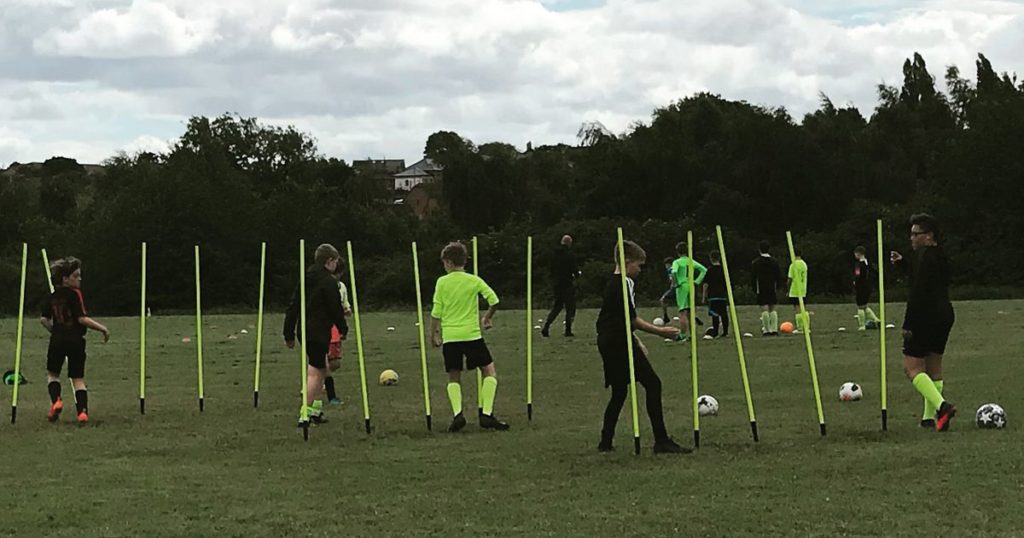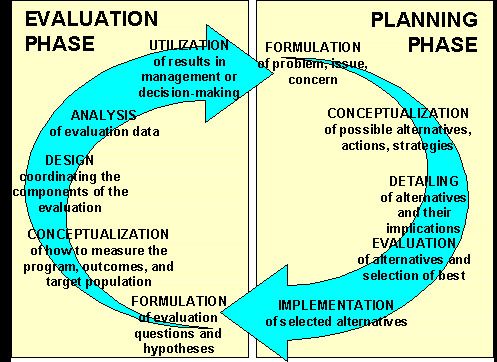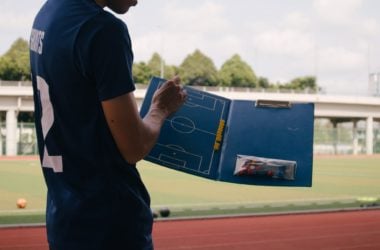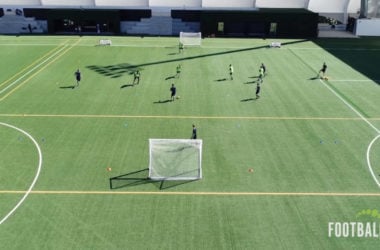To assist coaches returning to action we’ve teamed up with our friends at Football DNA on a series of guest articles that offer advice and expertise in a number of areas.
First up, we’re looking at how you should be preparing for your coaching sessions. Ross Brooks from Football DNA tells us how to plan a session from start to finish.
Everyone Plans Differently
Once I was tasked with delivering a session from someone else’s plan and found it incredibly difficult to follow. Why? The process of how I plan had been bypassed and I was unable to deliver what I was provided with as it had intended to be. However, another individual was able to seamlessly pick up the session plan and deliver it as it had shown.
This exercise made me realise that my process is unique to me and shouldn’t be undervalued not spending time both following and improving it. Likewise, if you are providing a plan for others it’s equally as important to share the process that you’ve followed in order to design the session that you are providing for them.
The means in which one may plan will vary from one person to the next. With the assistance of technology to help us plan, it’s very important that we don’t constrain individuals from being able to plan effectively based on what they feel comfortable with. Therefore, as a coach I’d challenge you to look at how you currently like to plan and why? What makes you plan that way? Is it that you are constrained by time? Do you find the use of technology challenging? Or perhaps you prefer to use sessions that you’ve stored in your mind and know well.
I would recommend that coaches complete the following task in order to understand why they plan in the way that they do…
Task
In whatever way you wish, have a think about these planning considerations:
- Method of planning i.e. laptop, by hand etc.
- Time spent planning a session
- Do you always follow the session plan?
- Who is the session plan for?
- Do you review your sessions? If so, do you refer back to your review for future sessions?
- What do you like most about how you plan?
- How could your plan be improved?
The reason it’s important to understand the theory behind why you plan as you do, is that it will enable to help you to understand how/what areas you may need to consider to plan more effectively for your sessions.
For example, it may be that you notice that planning on paper makes it difficult to review and keep a record of your sessions. Another example may be that you find that you are spending too much time planning.

Approach to Planning
Objective of the Session – When planning your session you need consider the objectives of the session. Objectives may vary, from preparing them for a fixture, to improving the group in a particular area. Your session plan should always keep this objective in mind.
Individual Players – Individual players should be the focus of your planning. Approaching planning by focusing on coaching points or topics are important, but not as important as the individual player. You may need to look at the topic and which players are best for you to focus on throughout the session. Planning for individuals should be the main focus of any coaches planning.
Coaching Topic – Once you’ve outlined the objectives for your players as well as which individuals you will work with. Now it’s time to begin planning what the topic or theme is for your session I.e. what are the principles of the topic and the coaching point? The main objective of the session will outline what you want to achieve and the detail of the topic and how you plan for individuals will help you to bring it to life.
Practice Design and Constraints – Your practice design will enable you to look at how you plan each part of your session and implement your plan. Practice design will help you to deliver your plan as well as meet the needs of your players.
Some examples of the types of practice designs that you may wish to consider could be: Technical Practice, Small Sided Games, Whole – Part – Whole, Carousel, Skills Circuit etc.
A constraints based approach is also one that enables coaches to simply plan out specific constraints/challenges for the players throughout the session to support their learning around the topic or what they as an individual are focusing on.
Delivery – Now you have planned your session it’s time for you to understand how you will deliver it. What will your coaching style be? For example, will you be command led, use guided discovery and/or ask players questions throughout to check their understanding. How will you support their learning I.e. will it be a player led session or will you lead it?
Review – After you’ve delivered your session it’s important that you review it by yourself or with other coaches. In order to review a session a process it helps to look at WWW (what went well? what would I do differently? What will I change next time?).
To review further, it may be that you look to review each of the areas outlined above I.e. did you meet the session objectives? Did you meet the needs of the individual players that you wanted to focus on? Were you successful in developing the players understanding of the coaching topic? Did the practice design work? Was your coaching style suitable for the players and the topic and were you able to transfer learning effectively?
Planning Phase
Professor William M.K. Trochim, outlines a process that coaches may wish to follow through the Planning-Evaluation Cycle. Whilst this may not wholly be geared for sports coaches, the principles of the planning and evaluation phase outlined by Trochim certainly resonates with coaches when planning their sessions. This method may be one that you wish to look as a coach and consider how you can apply it to your own planning.

The Story of the Great Interpreter & Session Thief:
The great interpreter is someone that I’ve been intrigued with by a number of years now. They are an individual that can simply observe a session and interpret the intent, as well as how it is delivered and completely make it their own.
The great interpreter studies from a distance or on your shoulder. Simply taking what they’ve seen before and transforming it into something they believe will meet the needs of their players.
The session thief is an intriguing figure. They take on the structure of each and every session that they see and deliver it word by word, minute by minute as it they had seen it. They search high and far beyond for the best practices and deliver them, over and over again. They are never happy, they always look for new sessions and don’t settle.
The session thief, as resourceful as they are, for some reason isn’t able to deliver the sessions they’ve adopted to their own players and deliver it as they’ve seen in person or on paper. When the session doesn’t work, they move onto the next one and don’t look back in the search for the next best session. Time after time.
The great interpreter, their approach is different. They stick with the session that they’ve seen, the idea ignites and inspires them on how they can make it their own. Continually, they review and adapt the plan to meet their players needs.
Neither way is right or wrong. We all need to be a thief but the skill is interpreting it, making it your own, right for your players and making it work within your own environment.








